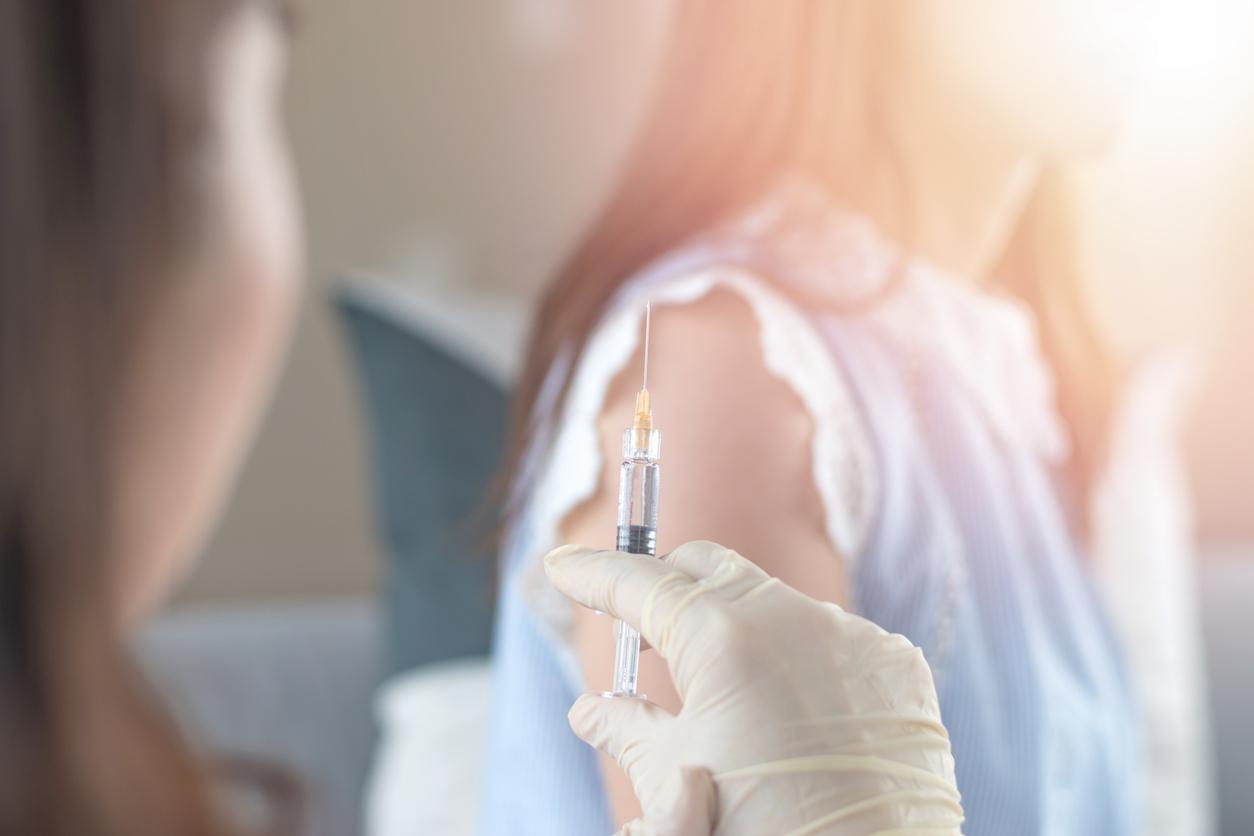A new device called “Lattice” makes it possible to simulate any human disease. Explanations.

- A new device called “Lattice” makes it possible to simulate any human disease.
- This scientific innovation aims to better understand certain pathologies and to develop new treatments without involving humans.
- Initially, Lattice was developed to study polycystic ovarian syndrome (PCOS).
Researchers have developed a new microfluidic device that will be used to simulate any human disease.
Lattice: the device is made up of eight small “wells”
Called Lattice, the device is made up of eight small “well” which may contain cell cultures depending on the disease a scientist wishes to study.
Concretely, Lattice allows researchers to analyze which organs are the cause of a disease or which organs are affected by the health problem in question. The device also allows new drugs to be tested without ever entering the human body.
Lattice, a platform that imitates what happens in the body
This new technology was created by scientists at Northwestern University. “When something happens in the body, we don’t know exactly who is talking to whom,” said Julie Kim, one of the inventors of Lattice, in a press release. “Currently, scientists use dishes containing one or two types of cells, then carry out in-depth research and analysis. Lattice is a huge step forward in this area. This platform is much better suited to mimic what happens in the body, because it can simulate a large number of organs at once”, he explained.
Lattice: the experience begins with PCOS
Initially, his team of scientists developed Lattice to study polycystic ovary syndrome (PCOS), a disease in which the ovaries are affected by a hormonal imbalance. The exact cause of this pathology is unknown and its impact on other organs is poorly understood.
“What we can do with Lattice is begin to manipulate and control the organ that is causing the disease,” explains Kim. “So we could start with a PCOS ovary to see how it affects the liver or muscles. Another experiment could examine whether it is the elevated insulin associated with the disease that causes different organ systems to behave erratically . We can in fact control the tissues and give them specific orders”, detailed Julie Kim.


















